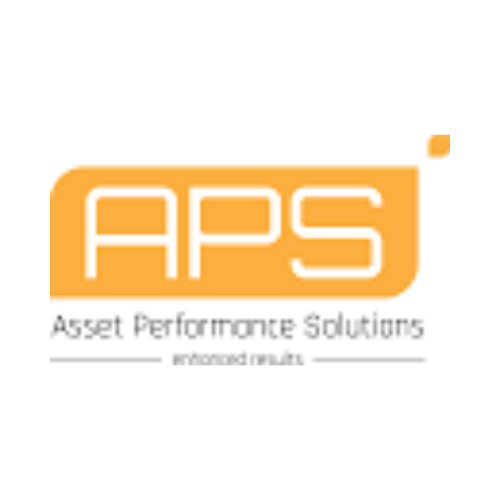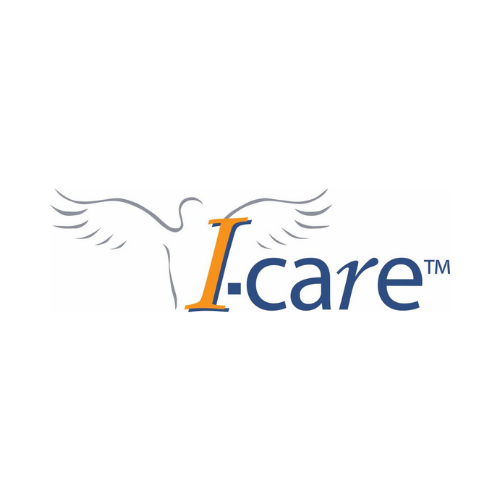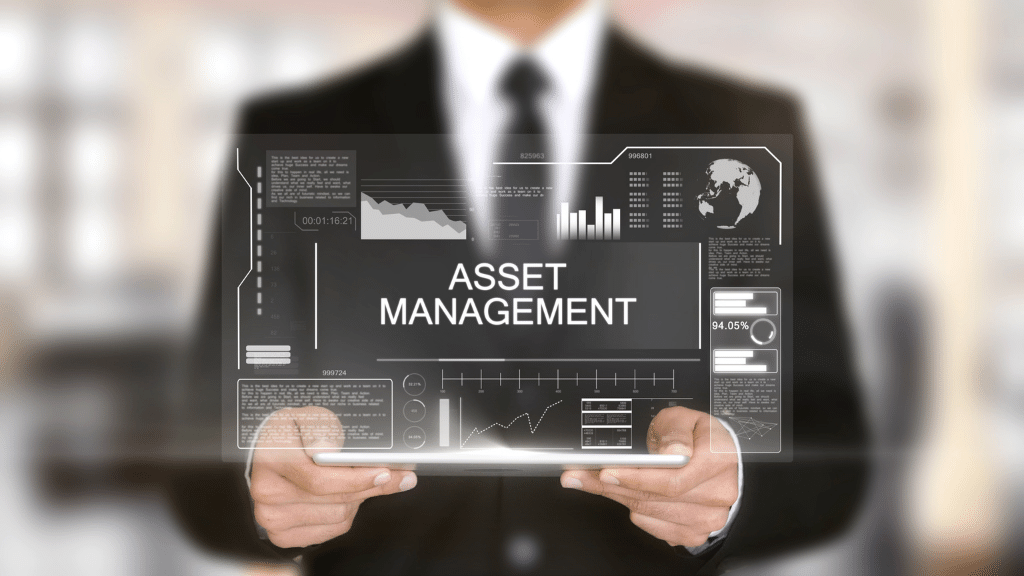Your ISO55000 “101”: an Intro for Asset Managers
The Asset Management Council of Australia defines Asset Management (AM) as: “The lifecycle management of physical assets to achieve the stated outputs of the enterprise”1.
At Asset Performance Solutions, we consider it any of those activities required to provide operational teams with the reliable assets they require to meet productivity targets and expected production standards. This includes any of your equipment strategies, maintenance activities, monitoring and continuous improvement practices.
Where does ISO55000 come into Asset Management?
ISO55000 is a global standard of asset management. It provides an organisation with a framework that guides the conscience decision to conduct or ignore activities within the asset management department.
The value ISO55000 delivers is described by the Global Forum on Maintenance & Asset Management (GFMAM) as “enabling organisations to realise value from the use of assets in the achievement of their organisational objectives.”2
So, ISO55000 provides asset management specialists many things, including:
- Ways to demonstrate the value of their activity to stakeholders
- Best-practice process to guide activities that will satisfy industry requirements and assure stakeholders that work is being undertaken at a set or acceptable standard
- Effective ways to identify and prioritise high-value activities so the operation is focused upon what is known to positively contribute to asset health, reliability, and risk management strategies.
How to Know if ISO55000 Applies to You, or Your Organisation:
ISO55000 is not only for the big guys; observing this standard will benefit businesses of all sizes.
If you recognise any of the following scenarios, you will see direct benefits from the application of ISO55000 in asset management processes at your organisation:
- Your organisational objectives and the capability of its assets are not translated into management strategies or processes. As a result, there is no clarity around gaps that exist and no strategy to address them so that teams have all the assets they need to satisfy expectations.
- There is a lack of understanding of the role and the contribution asset management activities play in broader organisational objectives. As such, organisational culture is fragmented; engineering, technical and commercial or financial teams don’t share a common language or understanding of processes. As a result, cooperation across departments is low, asset management standards and business performance suffers.
- Inefficient processes have manifested; a lack of alignment between business objectives and resources has contributed to teams competing and/or duplicating activities, leading to unnecessarily high operational costs and frustrations between teams.
- Similarly, asset management data and information systems may overlap, or there may be massive gaps in information. Without a single source of timely and accurate information, a general distrust of information creeps in, eroding decision-making quality.
- Your asset portfolio may be aging, or at risk of technology obsolescence and yet there is no process of evaluating the priority investments that will keep the business operational, or to serve core objectives.
- There are inconsistencies or gaps in funding and justification from the business on what asset management projects should commence, when they should start, and with what priority.
- Risk management is inconsistent – and even completely missing in some parts of process, or the organisation. You may not have a systematic process for decision-making, contributing to different approaches and inconsistent standards of risk mitigation.
Any one or a combination of these symptoms of poor asset management typically culminate in a fire-fighting state; unplanned work keeps interrupting AM plans, operational or strategic goals. An example is where reactive work continually bumps preventative maintenance schedules which, over time costs money, contributes to greater breakdowns, unplanned outages and reduces site safety.
So, why should you consider the introduction of ISO55000 to your Asset Management activities?
Evidenced by the range of symptoms or business problems we’ve just identified, best practice asset management strategies have far-reaching, bottom-line business benefits. These can be grouped into four core categories:
- Cost Management
- Throughput Capacity
- Reduced Risk and Uncertainty
- Reduced Investment Required
Constant fire fighting and a reactive work environment not only contributes to an unpredictable workplace, safety risks and lower employee satisfaction, but consistently cost the business more time and money on delayed plans, re-working schedules, overtime, and loss in productivity or output. This results in massive cost inefficiencies, low morale among teams, poor asset management and general business performance.
Those of primary importance to the asset management operation include:
Site Safety: With fewer breakdowns and reactive work interrupting preventative maintenance schedules, site and employee safety is significantly improved. You also reduce risk of insurance claim and Lost Time Injury Frequency Rates (LTIFR).
Production: Service levels – particularly in the utilities, oil & gas and manufacturing sectors – directly correlate with the health, performance and availability of assets to perform work.
Unplanned outages due to equipment failure therefore, cost significant time and money and damage reputation and investor confidence.
Financial Health: ISO55000 strategies align asset management processes and corporate objectives so that every team is empowered to perform their function – so the business runs at an optimal level.
These strategies also extend the life of assets and the overall efficiency of the maintenance department by eliminating duplicate or overlapping processes, and optimising information systems.
Wealth Creation: For many organisations, the perception of how their environmental, regulatory and reputational risks (associated with the use of assets) is an important issue.
In fact, the Institute of Asset Management identified that ‘Organisations from a wide range of industries are quoting 20%, 40% or even 50% gains in business performance, while simultaneously controlling costs, risks and long-term capability.’3
Tune in for our next blog where we detail the audit process – the first step in The Practical Implementation of ISO55000 in your Asset Management Project.
For more information on our range of ISO55000 services and experience, visit our website, or contact us.
References:
- Asset Management Council (2014). “Framework for asset management.” Australia: Asset Management Council Ltd. A Technical Society Of Engineers Australia.
- GFMAM (2016). “The Value of Asset Management to an Organization.” The Global Forum on Maintenance and Asset Management (GFMAM).
- Institute Of Asset Management (2015). “Asset management : an anatomy.” Bristol, United Kingdom: The Institute Of Project Management.

Related content: business architecture
.png?width=190&name=IPA%20Logo%20Transparent%20(Hi-Res).png)






